The Game Planners Blog
Switch the Field: Focus on the Right Data
It is all about applying some perspective to youth soccer …. and helping today’s youth players reach their full potential.
YSCindex provides data, insights, and expertise to help youth soccer clubs differentiate themselves from the competition. Developed by Dr. Michael Warech, a behavioral scientist and the CEO of Warech Associates, LLC, the YSCindex is an innovative online survey management tool that was created to improve the game.
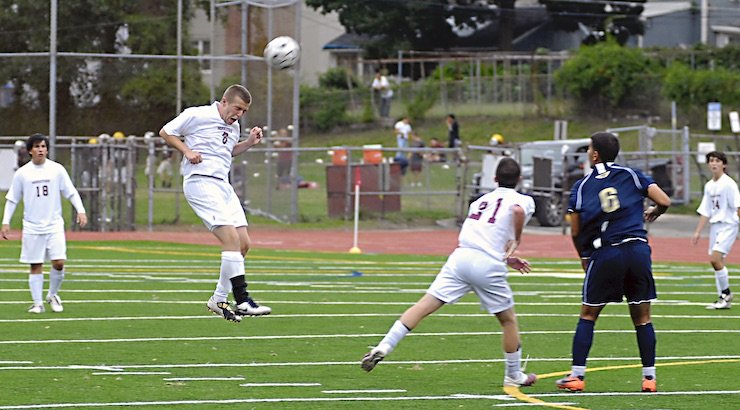
Based on hundreds of interviews with youth club sports leaders and research in behavioral science, the YSCindex measures six critical dimensions of club success:
- Club philosophy, direction and brand
- Club administration and resources
- Player development
- Coaching
- Professional development (for coaches)
- Player experience
Read: UPSL PARTNERS WITH YSCINDEX GIVING SOCCER CLUB TOOLS TO GROW
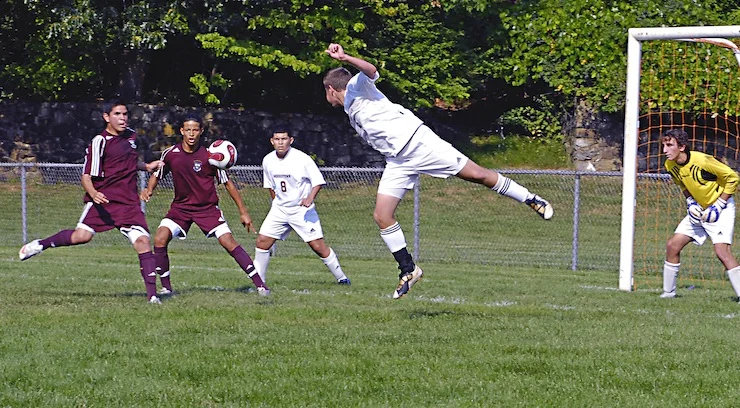
What inspired Warech and what is his perspective on youth soccer in America?
SoccerToday Interview with Dr. Michael Warech
Diane Scavuzzo: These days there are so many tools on the market that claim to provide important diagnostic data and performance metrics. There are those, including USSF, who believe that the widescale introduction of monitoring devices and the like will improve American youth soccer by 2022. What’s your perspective?
Michael A. Warech: You are correct. There are so many options, it can be a little overwhelming.
From wearable sensors with smartphone apps to balls embedded with motion detectors, the choices seem endless and are a significant investment for any club.
As a behavioral scientist, I completely support using data to enhance player fitness and performance.
But, before falling in love with technology, I think it’s important to take a step back and ask …
WHAT WE ARE MEASURING AND WHY WE ARE MEASURING IT?
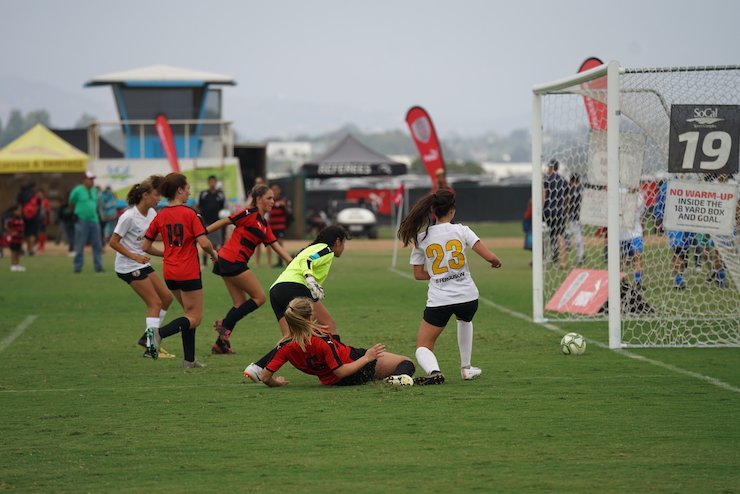
Diane Scavuzzo: U.S. Soccer uses STATSports to provide performance monitoring units to players across the U.S. Men’s, Women’s and MLS Development Academies as well as other youth soccer clubs in the Development Academy. Worn in a vest and positioned between the shoulder blades, the APEX Athlete Monitoring devices quantify physical performance. The high-resolution units measure physical metrics including distance, speed, acceleration, deceleration, high-speed running, load and heart rate.
Is this kind of data helpful in making soccer more engaging for young talent and ultimately, teams and clubs more successful?
Michael A. Warech: While there is certainly a place for this type of measurement, I believe it’s best suited for the most elite clubs, mainly MLS Academies and maybe a few others.
With few exceptions, these clubs are the primary route to our national teams for a very select number of youth players.
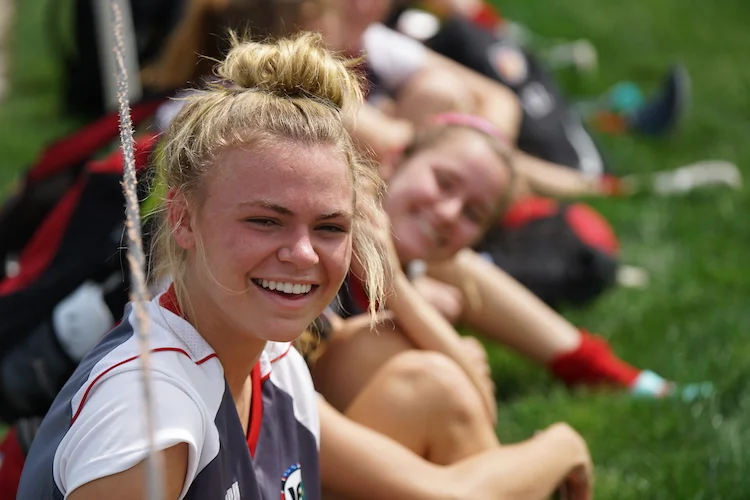
On an individual level, these types of measures can be extremely helpful in assessing the overall health and fitness of individual players. Having a starting lineup and a deep bench of “match fit” players is clearly an advantage for any team, at any level.
Unfortunately, most youth clubs don’t have the time or resources to devote to such in-depth data collection let alone the expertise to meaningfully analyze, interpret, and apply such information.
I also question the extent to which tracking the hourly blood pressure of players or the speed at which a struck ball is traveling translates into a more meaningful youth club experience.
Despite sexy marketing and technical wizardry that promises metrics and analytics at our fingertips, most of these monitoring devices yield data that has little relevance in enhancing the overall quality of a typical youth club experience.

Diane Scavuzzo: What type of data is useful for youth soccer clubs looking to create a great youth soccer experience?
Michael A. Warech: For the average club, distributing “smart vests” to U15 players is probably not the best use of its resources. Metrics like muscle strength, acceleration, and distance covered are not going to prevent talented players from switching clubs or create a staff of legendary coaches.
Over the past five years, in hundreds of interviews with players, families, coaches, and clubs at all levels our research has revealed a simple but robust set of factors that drives excellence.
Things like the quality of feedback and guidance players receive from coaches; the value provided for club fees; the extent to which families feel welcome and included; the overall player experience; operational excellence; and a strong commitment to club philosophy and mission differentiate an average club from an outstanding one.
Clubs would be well advised to invest time in understanding how their membership feels about their experience and use that feedback to more effectively manage and operate their clubs.
TOO MANY YOUTH PLAYERS, UNFORTUNATELY, DROP OUT OF THE SPORT SIMPLY BECAUSE IT’S NO LONGER FUN AND ENGAGING.
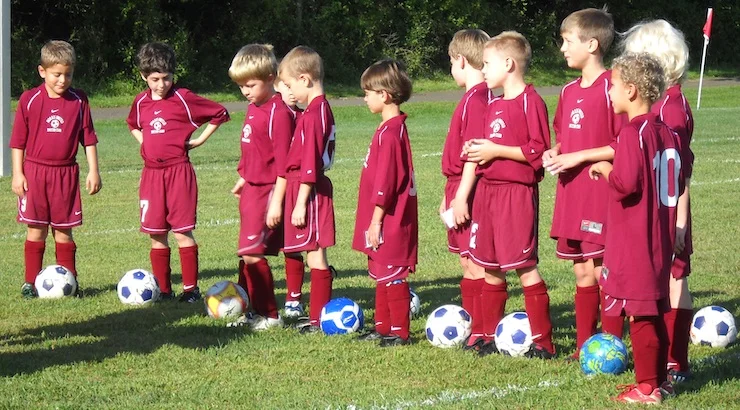
Many clubs place an overwhelming emphasis on ‘winning now’ at the expense of things like skill development, learning, social connections, and fun—the very reasons young boys and girls cite as to why they decided to participate in club soccer.
Diane Scavuzzo: What would you say to the leadership and coaches at youth soccer clubs who are attracted to sophisticated performance monitoring technology and the like?
Michael A. Warech: Concentrate on the basics.
Focus on what matters most to your members: great coaching, challenging yet developmental teams, inclusive and helpful communication, professionally run operations, value-added programming, and obvious value for fees.
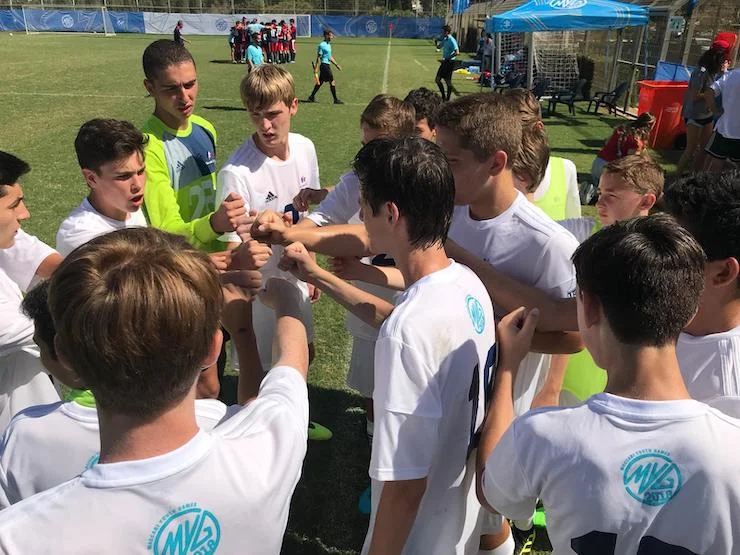
For soccer parents, it’s equally important to look for these same factors when selecting a club for their child.
The best club may not have all the latest monitoring and metrics-driven technology. It’s far more important the club provides a positive, challenging environment in which young players can maximize their unique skills and potential—and their families can feel good about the investment of time and money in playing youth soccer.
Diane Scavuzzo: How should clubs gain insight into how various members feel about their experiences?
Michael A. Warech: The simple answer is to ask them.
As an organizational psychologist, I recognize the value of collecting feedback from across an enterprise.
Companies in almost every industry have been doing this for decades to help inform decision making and improve organizational dynamics and the overall experience. Youth soccer clubs should adopt similar practices.
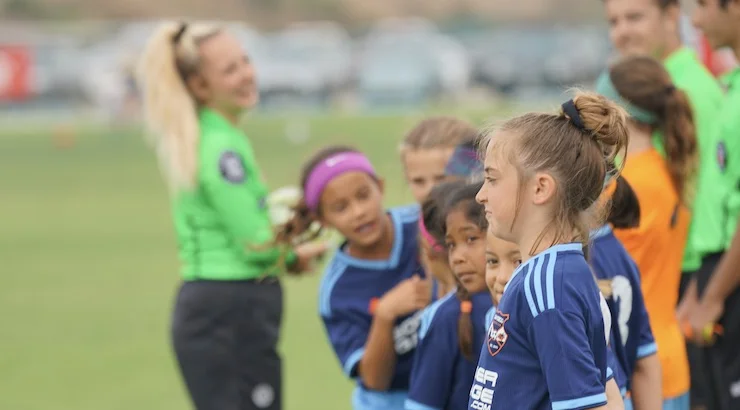
Leveraging over 25 years of organizational consulting experience and professional involvement in the youth sports world, I developed the YSCindex, short for the Youth Sports Club Index, an online survey feedback tool, to capture data from players, parents, coaches, and club leaders.
The YSCindex takes less than 10 minutes to complete and produces a comprehensive profile with targeted recommendations.
Feedback is presented for the overall club, as well as from key stakeholders. Benchmark data are available to compare clubs in a particular market or geography, as well as identify areas to highlight or in need of further attention.
Conducting the survey every year or two allows clubs to track the success of their decision making, including strategic and operational adjustments. Finally, employing a third-party to administer the survey introduces objectivity and confidentiality, helping to ensure candid, honest feedback.
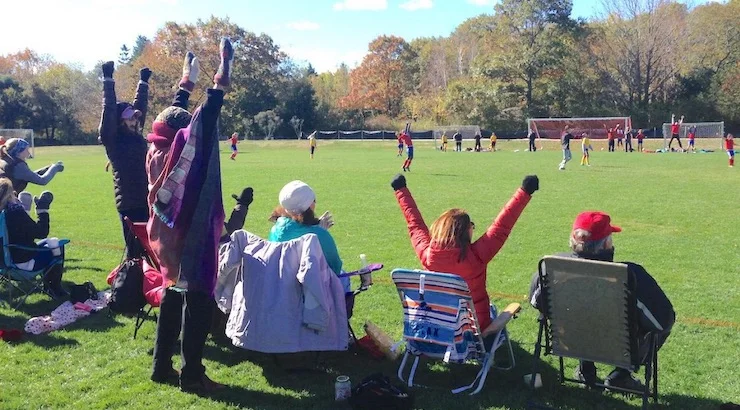
Diane Scavuzzo: What is the bottom line for improving youth soccer in America?
Michael A. Warech: We should be applying a holistic approach to the youth club experience, to ensure that players receive the training, education, experiences, and environment necessary for them to reach their full potential.
ALL INVOLVED SHOULD EXPECT NOTHING LESS.
Doing so will not only foster a lifelong love of the “beautiful game” but serve young athletes well in other important areas and life pursuits.—